
The Patrimony of the Romanian Revolution
What has Timișoara besides the bullets on the façades of the central palaces and the monument of St. Mary and St. Nepomuk in Libertății Square?
It had a few graffiti, quite a lot in 1989, but almost all are lost today, mostly because some of them, similar to those made by Mugur Călinescu in 1981, in Bucharest, were drawn in chalk. Also the warm, summer-like rain of December the 18th washed some of them away, along with the traces of blood. To the disappearance of others their placement on patrimony buildings has also contributed: There is God! Long live Tokes Lazlo! Elien Tokes L! on the façade of the Roman Catholic Church in Bălcescu Square, Down with Ceaușescu / We want Democracy / Victory on the façade of the Prefecture, former Headquarters of the Communist Party, the County Branch and Long live Tőkés László! Freedom!, of the Reformed Church, now reproduced on a plate mounted on the façade. Their presence remains only in documentary photographs, and maybe that's enough.
Even though the most visible and well-known graffiti were covered, however, probably because of their discrete position in an area with little traffic, three crosses painted with black paint remained untouched since the days of the Revolution. Placed at the base of a building on Dimitrie Cantemir Street at no. 1, they were made by an eye witness to mark the place and number of people who were killed right there. Unfortunately, three other crosses on the Libertății Square Barracks at the corner with Lucian Blaga were covered during the renovation. In the archives of the Revolution Memorial Museum there are photographic proof and testimonies that testify to their presence in the days of the revolution and this second part of my article is a plea to keep and protect the remaining ones, not only for their rarity but also for what they represented from the start: a successful attempt by a man to record the number of victims, honor them, and prevent their oblivion, concealment or misrepresentation. His intuition was correct, because these three are among the 40 people whose bodies were incinerated in Bucharest, the ashes thrown into a canal. 30 years after the Revolution, whose file has been reopened, it’s important to preserve that which has not yet been deleted or edited. Their significance is greater than any Down with the Communism written anywhere else, because they represent three people out of the 40 whose very existence was wanted denied in a now-familiar but still insufficiently documented shrouding operation.


What are the others doing? The Berlin Wall is an extremely good example and comes in handy, since a part of it is right in the courtyard of the Revolution Memorial Museum, with its western part to the public, the colored side, the graffiti side. It's interesting the decision to show one side and to hide another, I might have put it the other way around, because Romania before the revolution was entirely on the gray side, now presented as the uncolored "back". It is precisely this absence of human intervention that makes the wall interesting, because it represents the oppression of the people, the depersonalization, the uniformization, for the gray of the wall is the gray in which we have lived. Obviously the graffiti part as a whole signifies the freedom of expression, even if no single message is relevant in itself. Dan Perjovschi sometimes starts his presentations saying that he was born on the gray side of the wall, and now, perhaps for a short while, we can still see his intervention at the base of this part of the wall (which today is treated as a monument of sorts) in a commentated shadow, so to speak.
This gray side is a very powerful Perjovschi phrasing, it reminds me of Ismail Kadare’s similar description made somewhere, I don’t know exactly where, about a kind of desaturation of the reality’s colors, each time he flew from France back to communist Albania. Probably to each one this gray brings back some memories. Something historical, from before. My memories of the Communist era are colour coded, we covered almost everything in blue and red and black under a dusty gray (which is back in fashion) all the while the Serbs at Ocska Piac, with their Cipriripi, were making everything yellow, orange and whatever else. More impressive was at the seaside, where you could see clearly from the top of cliff in Eforie Sud who was a Polish tourist at the beach and who was not, depending on the colorful variety of bathing suits, towels and toys. Someone recently told me what incredible creativity she was supposed to have in order to dress in different colors, different materials, regardless of their poor taste, or weirdness, it was a type of escapism, yet another. So we agree that color is important in the public space, what the presence or absence of signs say, we hold graffiti in high regard, we recognize their ability to tell the history of an event.
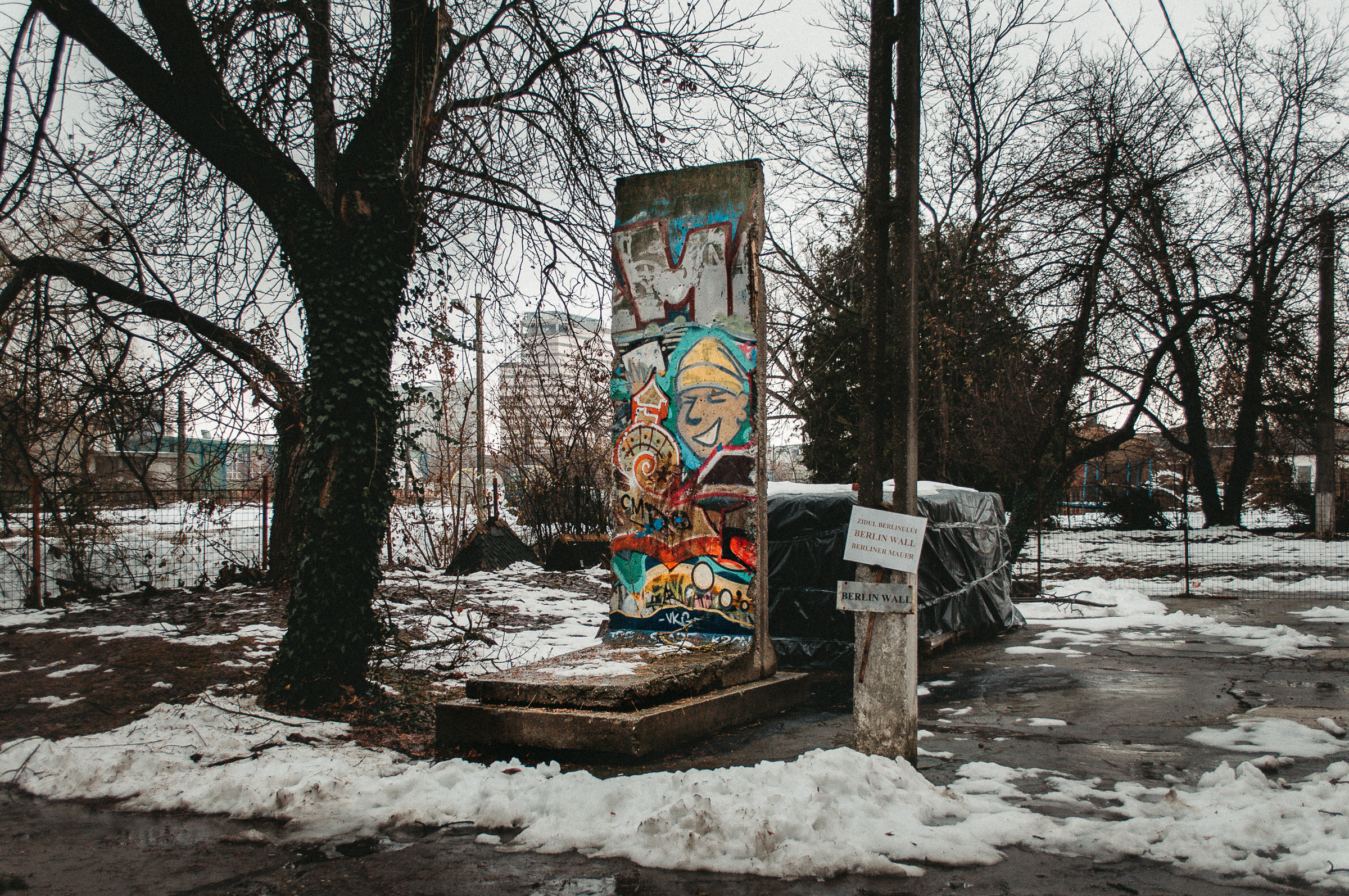
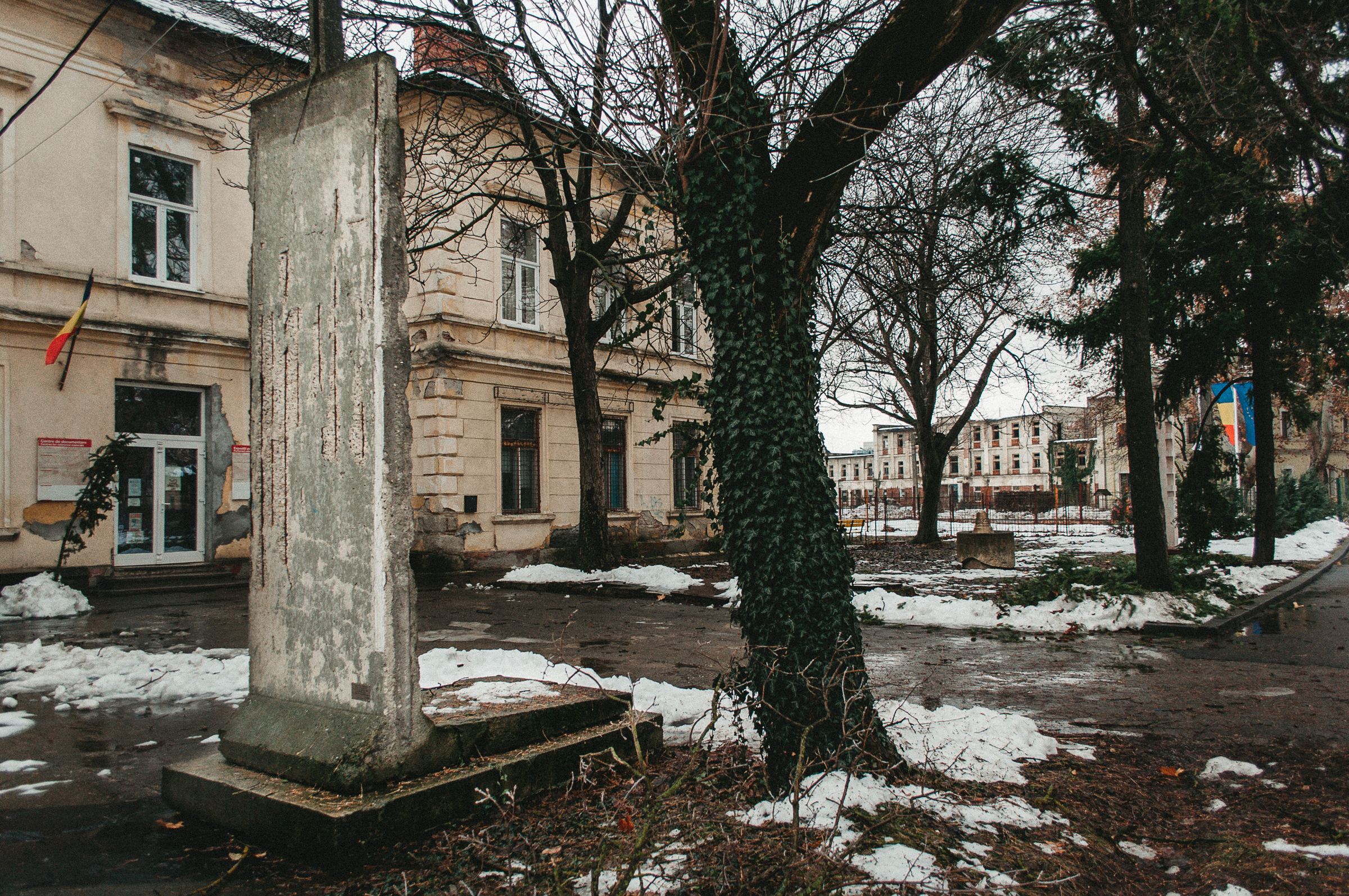
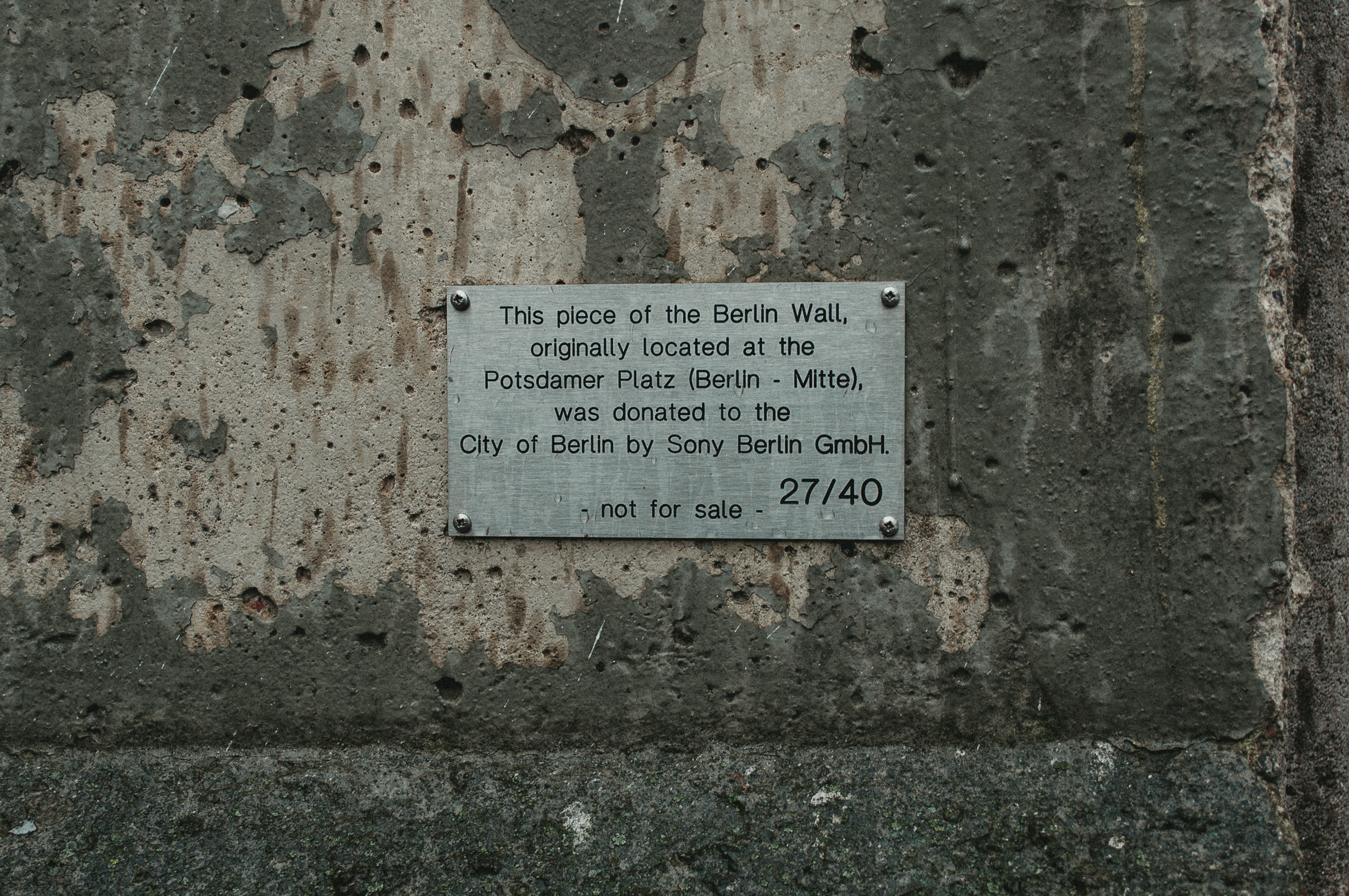

I learned about the black crosses (visible and disappeared) and some of the texts written on the mentioned façades, from the talks with Traian Orban, director of the Revolution Memorial Museum. An inventory of the slogans written in Bucharest, which mention even the days because many resisted only a few hours, I found in Ne-a luat valul an incredible publication by Irina Nicolau, in February 1990. It follows the one in January ‘90, titled Graffiti, to which, unfortunately, I had no access. Ne-a luat valul (The wave has swept us) is a "trench" book, as the authors call it, which Ovidiu Hrin has lent me. This publication is also a good resource for slogans, songs, messages and testimonies took in the aftermath of the revolution, unfortunately only in Bucharest. I enthusiastically reproduce some images, plus the last page, a sort of editorial box.
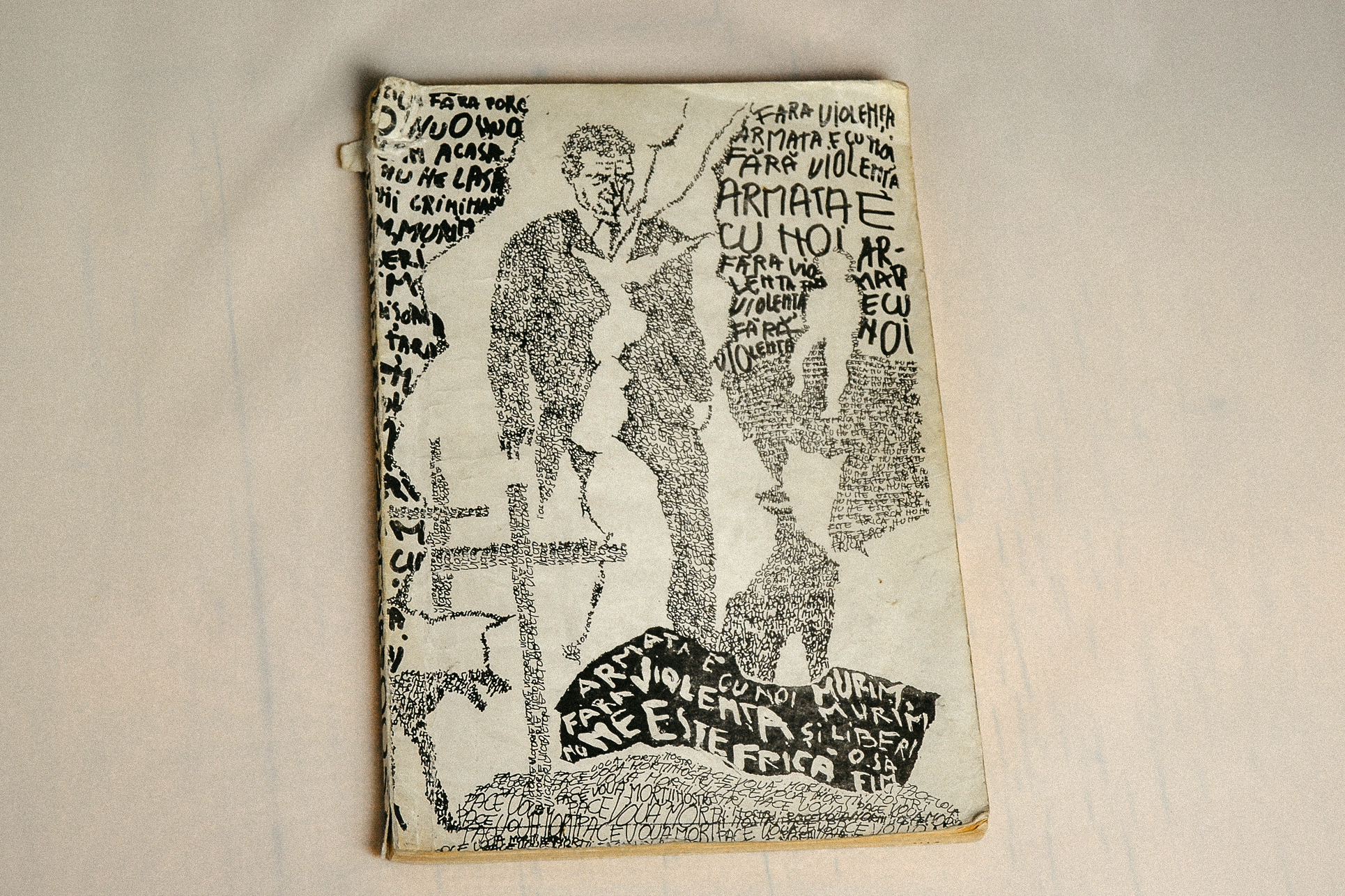
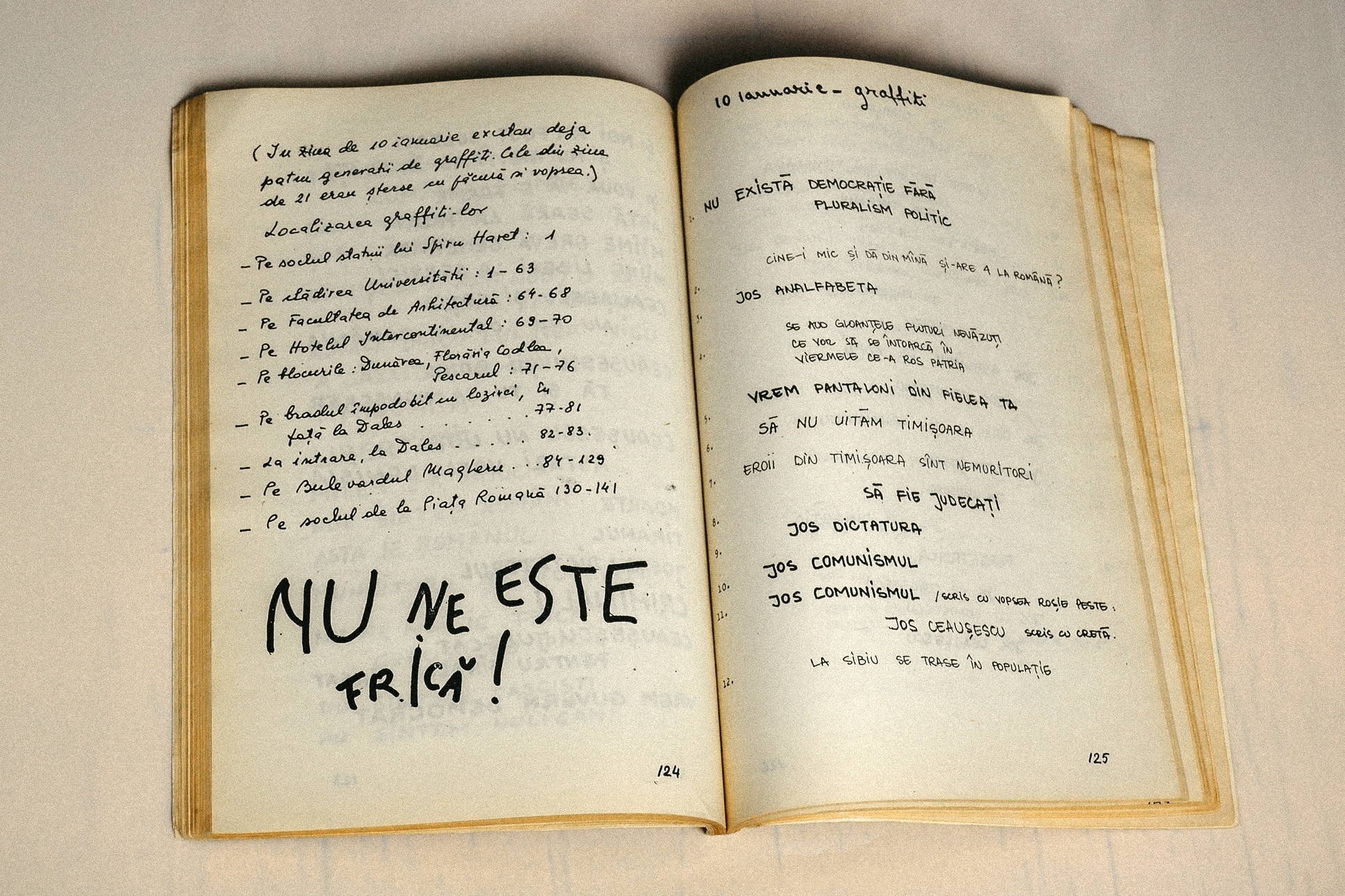
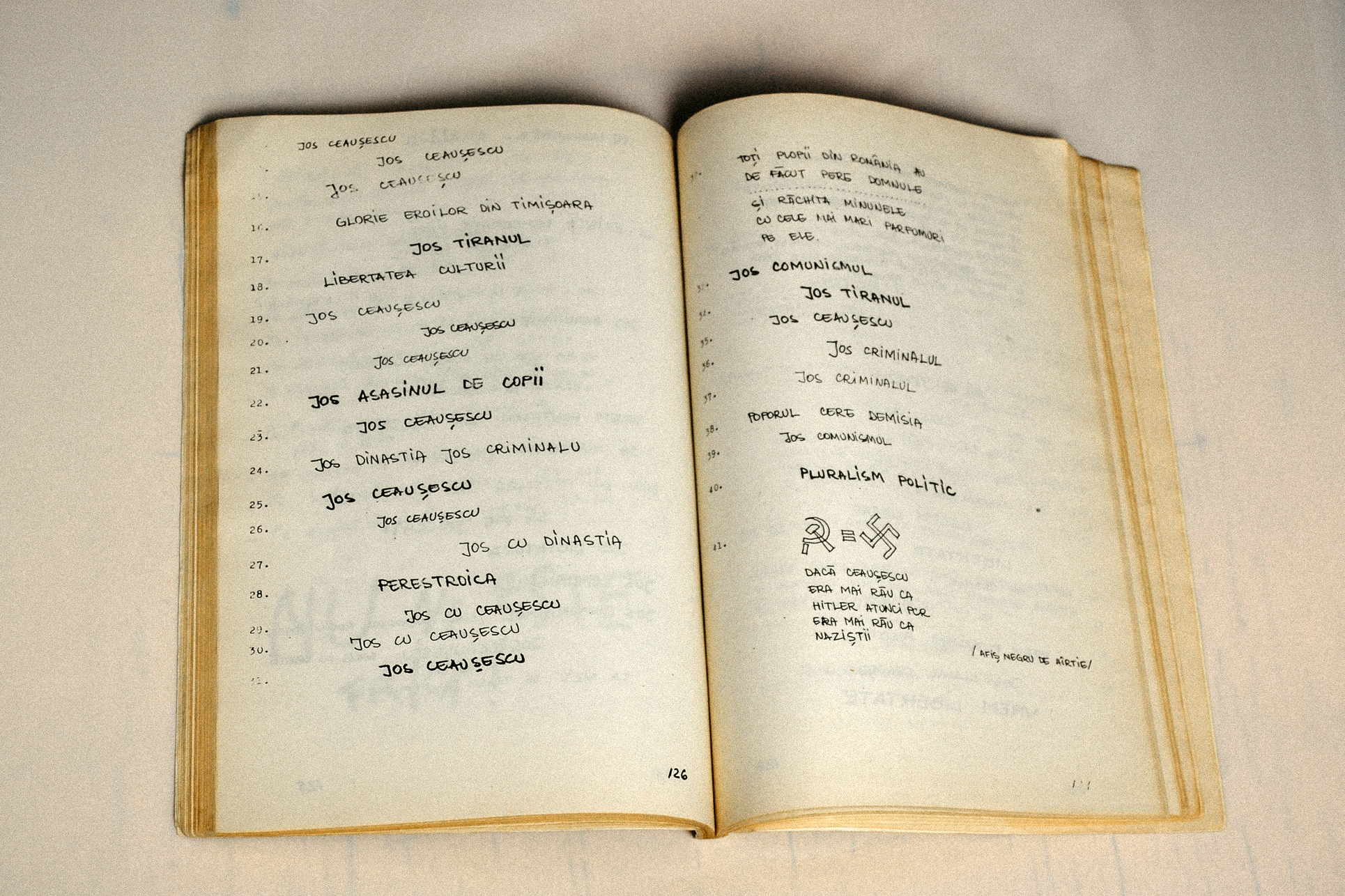
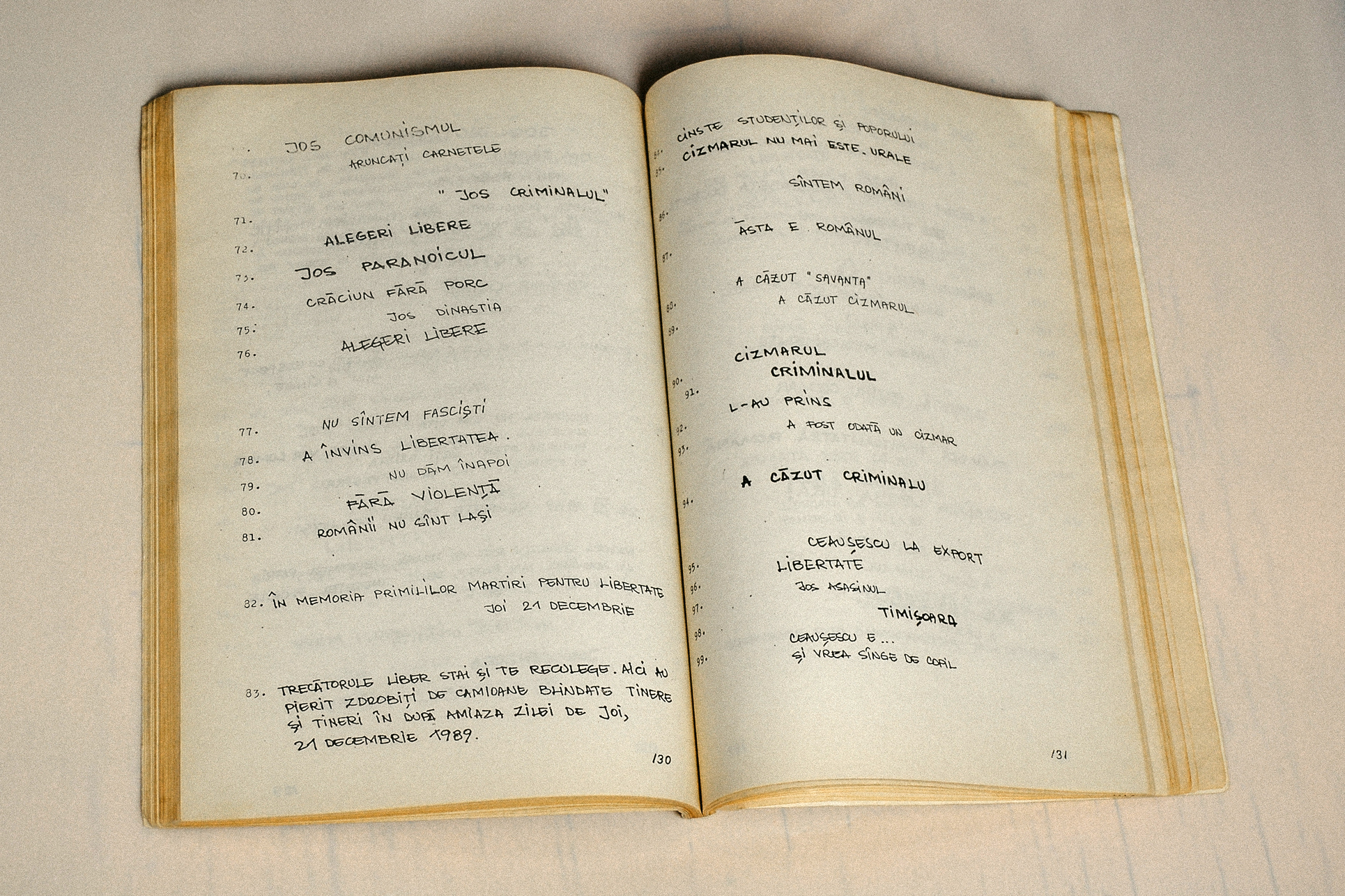
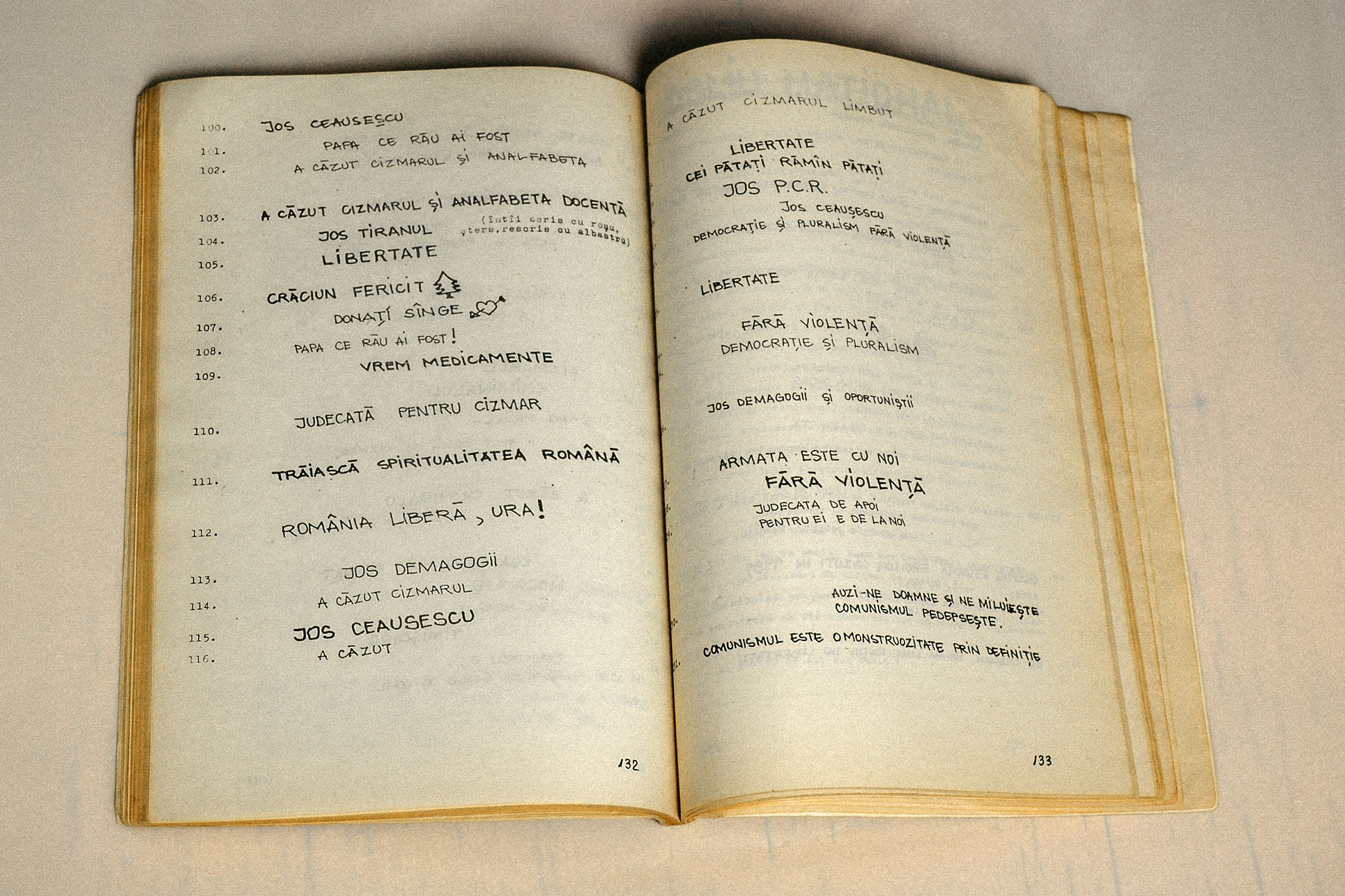
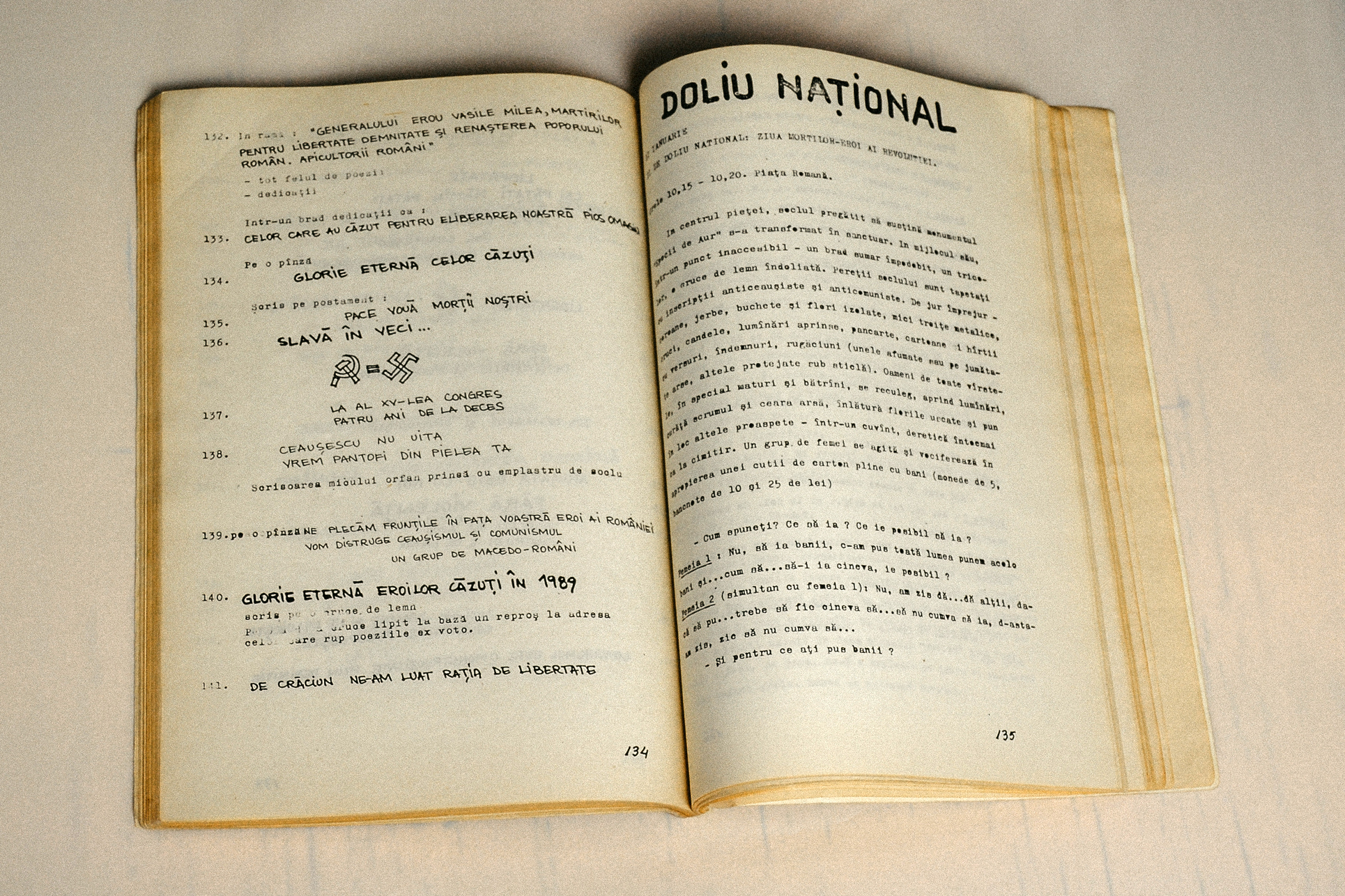
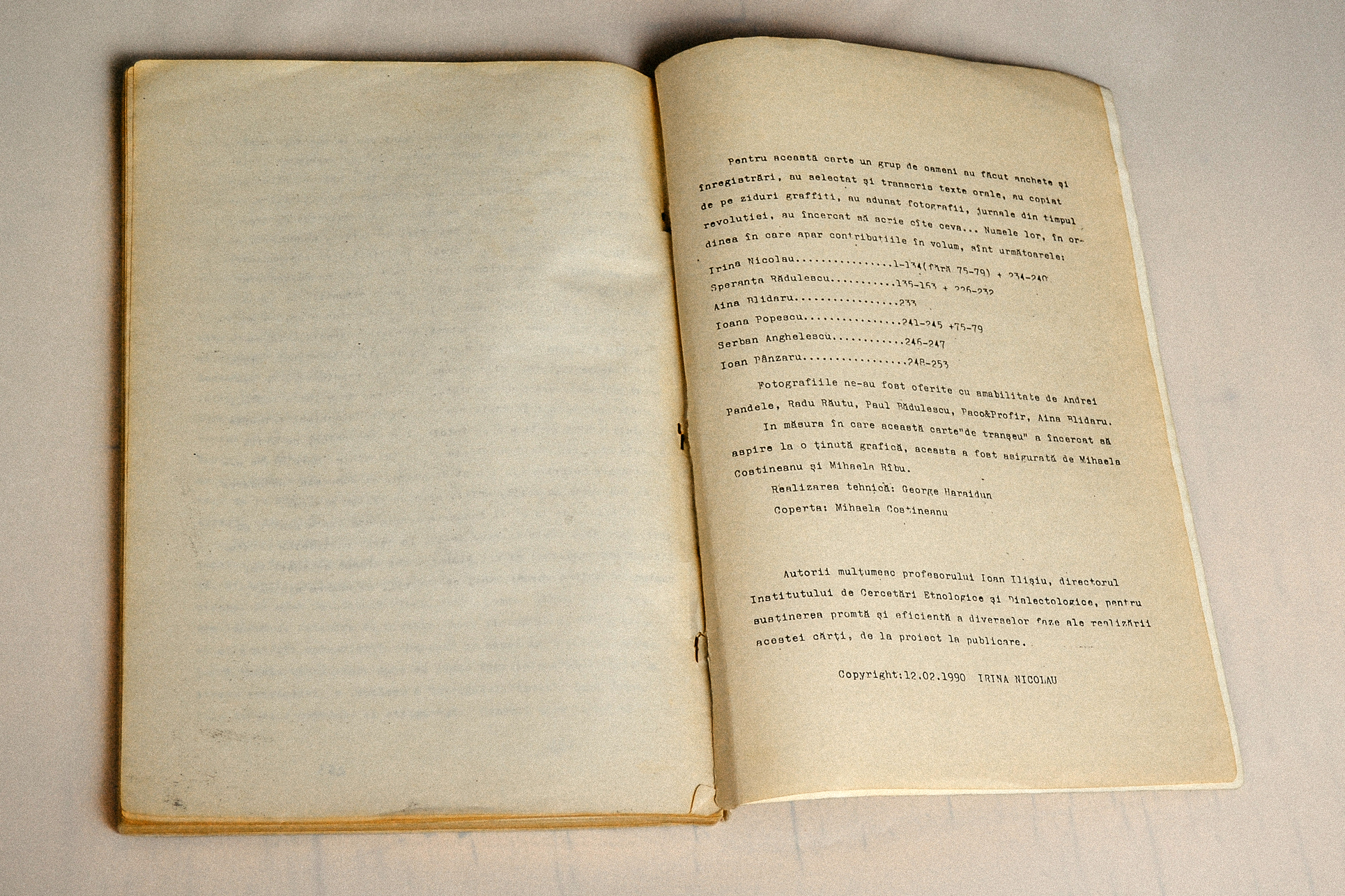
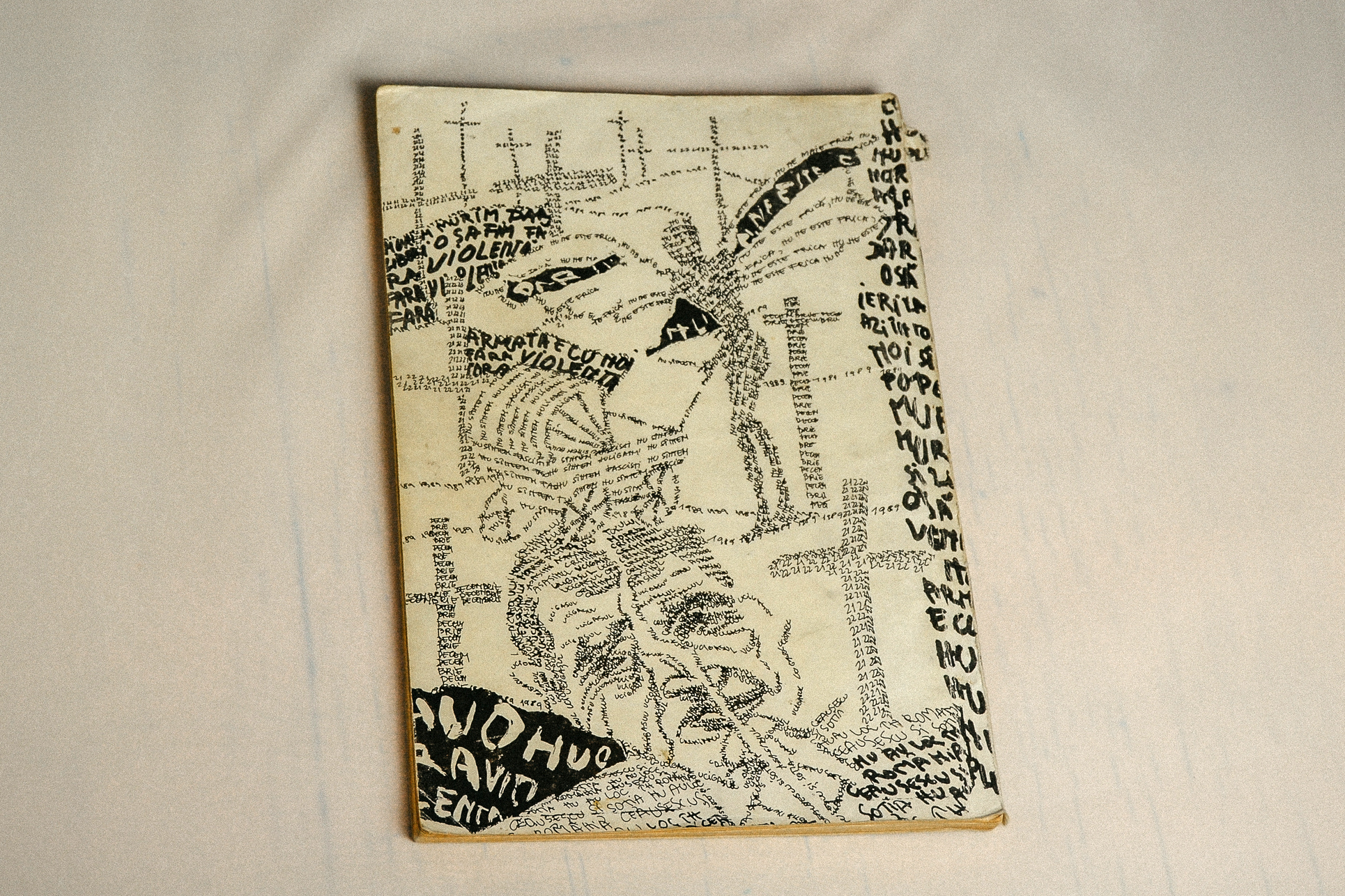
As we can see, for various reasons, politically charged messages survive less. If we're going to take a tour through our town, we'll find an old graffito that's been doing just fine, precisely because it's irrelevant, like the Raluca = Slave I know now for 20 years. I could try an interpretation here too, but I’ll refrain.
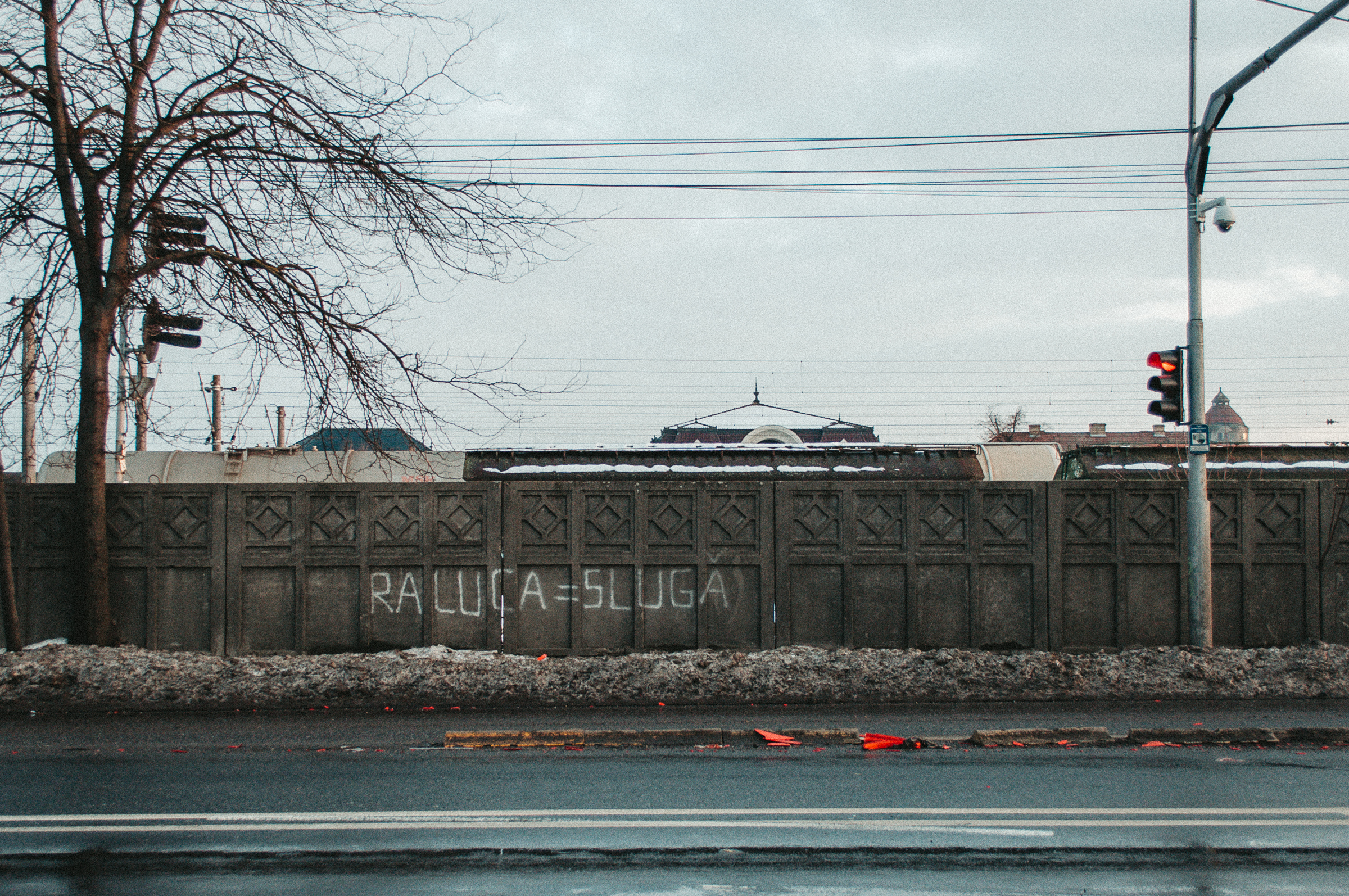
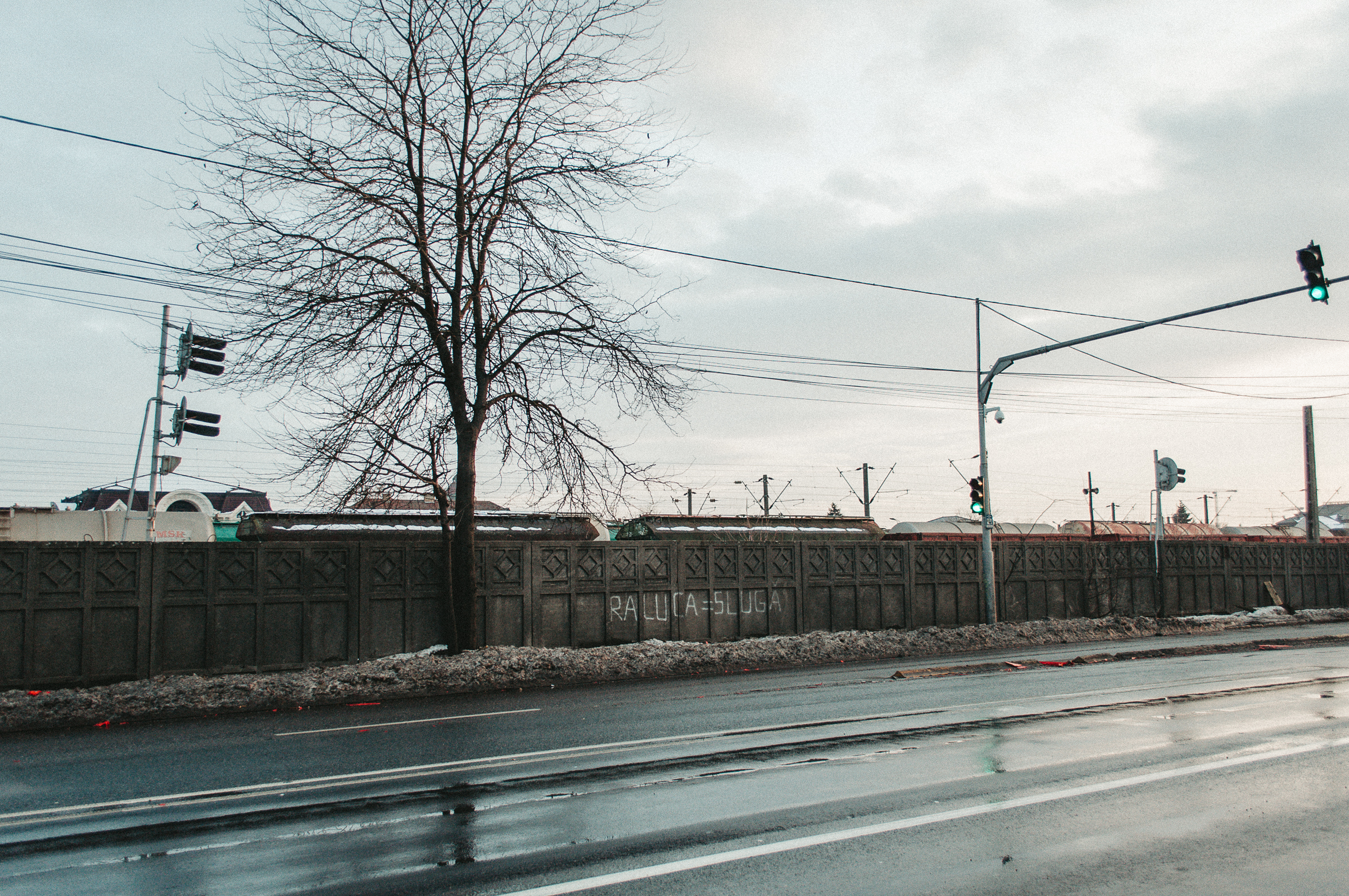
As a footnote to this chapter about the disappearing graffiti, I would mention two of the 90's, mostly interesting for either their resilience or their authors. Down with the FSN (National Salvation Front) on the wall of Capitol’s open cinema survived incredibly until 2016 when it was removed mysteriously (in my opinion), because the nearby murals were not removed, no renovation of the wall occurred and it seems to me that only this sign has been covered. Who can be bothered anymore by the mentioning of FSN, I do not know. The second one is Down with Iliescu on the wall next to Municipal Hospital, where an entry is now cut, which at times did not last for more than a few days but which has been restored many times. It was the most painted wall in Timişoara in the 90's. I’ll also make a passing mention of the Long Live the Socialist Republic of Romania (painted legally, so a mural and not a graffito) on one of Paltim buildings, which still holds, but which will probably disappear together with the whole complex. It would be worth extracting and preserving it, in the perspective of a history museum with a section for the history of communism. But this is another article, another plea, something else. Now I only insist for the patrimonial value of the three black crosses, for all the above reasons, and of the bullet holes in the Löffler palace and the others I have already mentioned in the first part of this article.
Sources:
- The message of a gesture of rebellion, show made and presented by Lucian Ștefănescu, Radio Europa Liberă
- The trial of communism
- The Chronology of the 1989 Revolution in Timisoara
- The Revolution Memorial unveiled a segment of the Berlin Wall - donated to Timisoara by the German Senate and the Berlin City Hall, article Adevărul